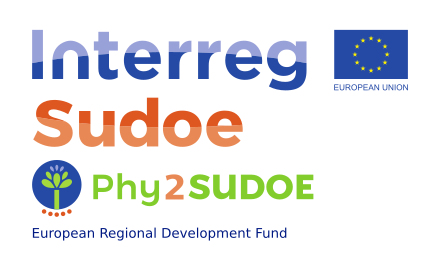09 Ago Artículo en Frontiers in Environmental Science
Título
Phytomanagement of Metal(loid)-Contaminated Soils: Options, Efficiency and Value
Datos de la publicación:
Helena Moreira, Sofia I. A. Pereira, Michel Mench, Carlos Garbisu, Petra Kidd y Paula M. L. Castro
Front. Environ. Sci. 9:661423. doi: 10.3389/fenvs.2021.661423
Resumen (en inglés)
The growing loss of soil functionality due to contamination by metal(loid)s, alone or in combination with organic pollutants, is a global environmental issue that entails major risks to ecosystems and human health. Consequently, the management and restructuring of large metal(loid)-polluted areas through sustainable nature-based solutions is currently a priority in research programs and legislation worldwide. Over the last few years, phytomanagement has emerged as a promising phytotechnology, focused on the use of plants and associated microorganisms, together with ad hoc site management practices, for an economically viable and ecologically sustainable recovery of contaminated sites. It promotes simultaneously the recovery of soil ecological functions and the decrease of pollutant linkages, while providing economic revenues, e.g. by producing non-food crops for biomass-processing technologies (biofuel and bioenergy sector, ecomaterials, biosourced-chemistry, etc.), thus contributing to the international demand for sustainable and renewable sources of energy andrawmaterials for the bioeconomy. Potential environmental benefits also include the provision of valuable ecosystem services such as water drainage management, soil erosion deterrence, C sequestration, regulation of nutrient cycles, xenobiotic biodegradation, and metal(loid) stabilization. Phytomanagement relies on the proper selection of (i) plants and (ii) microbial inoculants with the capacity to behave as powerful plant allies, e.g., PGPB: plant growthpromoting bacteria and AMF: arbuscular mycorrhizal fungi. This review gives an up-to-date overview of the main annual, perennial, and woody crops, as well as the most adequate cropping systems, presently used to phytomanage metal(loid)-contaminated soils, and the relevant products and ecosystems services provided by the various phytomanagement options. Suitable bioaugmentation practices with PGPB and AMF are also discussed. Furthermore, we identify the potential interest of phytomanagement for stakeholders and end-users and highlight future opportunities boosted by an effective engagement between environmental protection and economic development. We conclude by presenting the legal and regulatory framework of soil remediation and by discussing prospects for phytotechnologies applications in the future.

